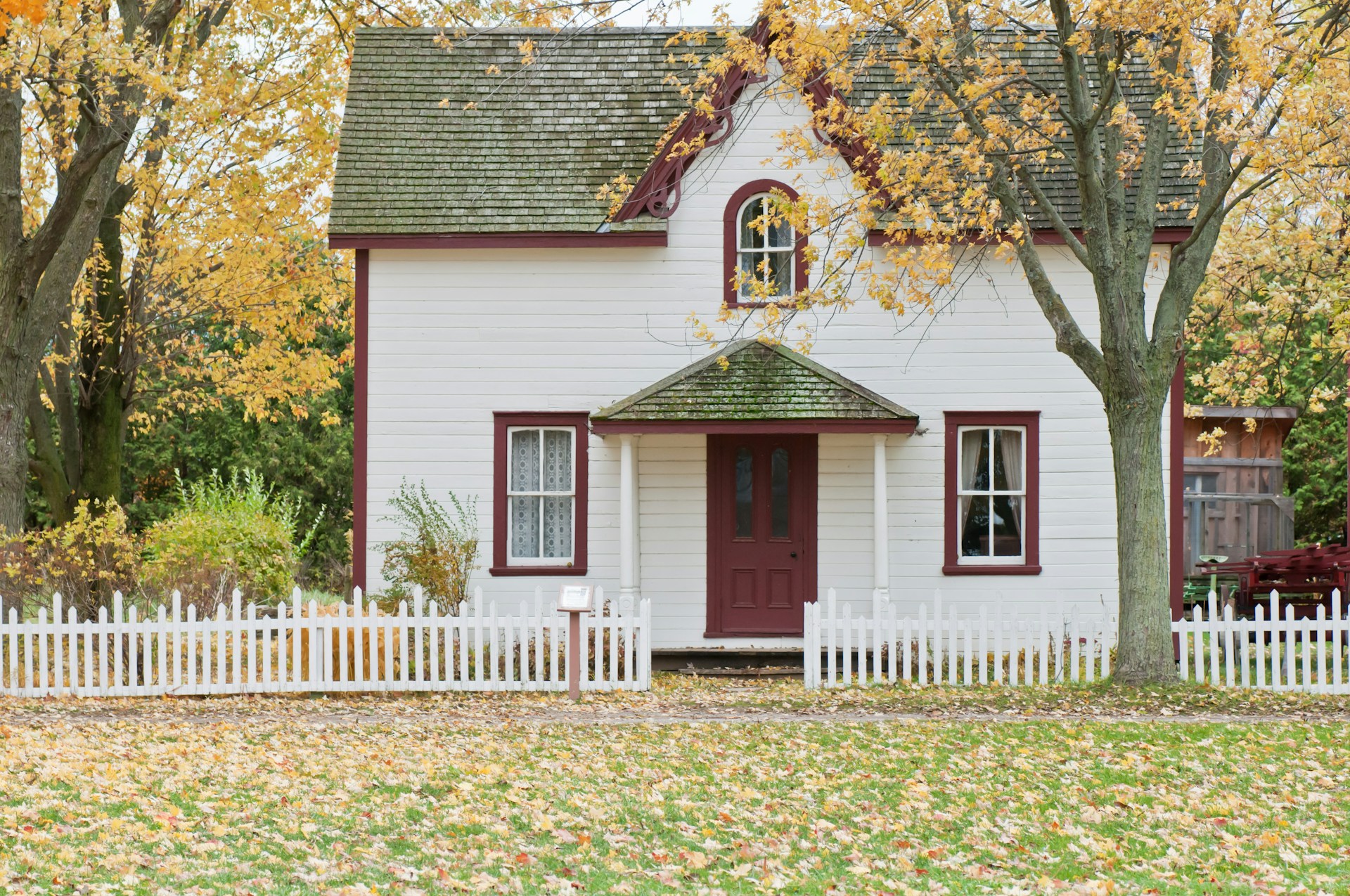Blog

“Housing Market Outlook for 2025″
As we kick off another year, I’m filled with optimism. Not because I think everything will be smooth sailing, but because even if we have a tough year, the economy has proven resilient over the long-term and this will be another chapter in that story. While inflation remains stubborn we do still have relatively healthy employment figures. That being said, if the Department of Government Efficiency (DOGE) does begin to cut certain government sector jobs then we might see the employment figures challenged. Additionally, I still think consumer debt and our fiscal debt are things to keep an eye on, but compared to the foregone conclusion of a recession in 2022/23, I like our resilient economy’s chances.
One of the staples of that economy and a main source of wealth for so many Americans is housing. I enjoyed reading through First Trusts recent 2025 outlook on the housing market and where they see things heading in 2025. Enjoy the reading and Happy New Year!
https://www.ftportfolios.com/Commentary/EconomicResearch/2025/1/13/the-housing-outlook-2025
If you’re going to remember one important fact about the housing market, it’s that with the brief exception of COVID, the US has consistently built too few homes almost every year since the housing bust got rough in 2007. For the first few years during the housing bust, the underbuilding of new homes made perfect sense. We built way too many homes during the housing boom, generating a massive amount of “malinvestment” in response to perverse government incentives that included having Fannie Mae and Freddie Mac buying enormous amounts of subprime debt. But the underbuilding continued long past the point when the excess inventory was gone.
Back in November, the most recent reported month, builders started homes at a 1.289 million annual rate, well below the 1.5 million plus rate that we believe is needed to keep pace with population growth and scrappage (due to both voluntary knockdowns as well as disasters like fires, floods, hurricanes, and tornados.) As a result of the shortage of homes, we expect housing prices to continue higher in 2025 in spite of some general broader economic headwinds. The national Case-Shiller index for home prices was up at a 3.7% annual rate in the first ten months of 2024 (through October) and we expect a similar pace of increases again in 2025.
In terms of construction, housing was a mixed bag in 2024. Single-family housing starts were probably up about 6% last year versus 2023 (we will get December figures on Friday morning), but multi-family starts plummeted about 25- 30% to the slowest pace in about a decade. However, it’s hard to see multi-family starts continuing to drop in 2025 – they’re already so low! We expect a slight rebound in multi-family and continued gradual increase in single-family starts. In turn, some more construction should help boost new home sales modestly, as well.
New home sales were up 2% in 2024 versus 2023 and we foresee a similar modest gain in 2025. Existing home sales, however, run on different dynamics and should just tread water versus the roughly 4.05 million annual rate of 2024. Builders of new homes can shift to lower-priced models with fewer features in the face of higher mortgage rates or economic weakness. But existing homes are already built and often have to be priced high enough to entice homeowners who borrowed money at rock-bottom mortgage rates in 2020-21 to sell. To summarize, housing is far from a bubble. And there are so many other factors affecting housing that we think the sector would even weather a recession.
Put it all together and we have a recipe for modest improvement in housing even as the rest of the US economy slows down.
